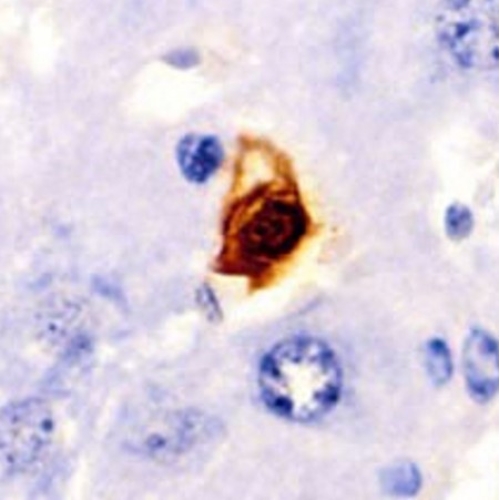Key points from article :
Cellular senescence, a state where cells stop dividing, is traditionally linked to ageing and age-related diseases.
Recent research suggests senescent cells also play crucial roles in normal bodily functions like tumor suppression, development, wound healing, and tissue regeneration.
These findings challenge the long-held view that senescent cells are purely harmful and raise questions about their diverse roles in health and disease.
Senescent cells are identified by markers like growth arrest, specific enzyme activity, and expression of certain proteins.
They can secrete substances that may disrupt tissue balance and contribute to inflammation.
While studies in mice showed removing senescent cells could extend lifespan, other research revealed their importance in maintaining organ health and function.
For example, removing senescent cells in mice's livers led to the buildup of waste and tissue damage.
In young mice, senescent cells in the lungs were found to play a role in tissue repair and regeneration.
Interestingly, eliminating senescent cells in the lungs of newborn mice disrupted lung development.
Studies in mice also suggested senescent cells can enhance insulin production by certain cells in the pancreas.
Researchers often use genetically modified mice to study senescent cells, but these models may not perfectly reflect human biology.
In humans, senescent cells have been observed in age-related diseases, but their exact role remains unclear.
Studies in other animals like cnidarians, newts, and zebrafish further highlight the importance of senescent cells in tissue repair and regeneration.
While cellular senescence can be triggered by damage, it can also occur naturally during development.
This new understanding of senescent cells' roles in normal physiology complicates the development of therapies targeting them for anti-ageing purposes.
Future research aims to better classify and understand different types of senescent cells to develop more precise and effective therapies.
The research was carried out by João Pedro de Magalhães from University of Birmingham, published in the journal Science.






